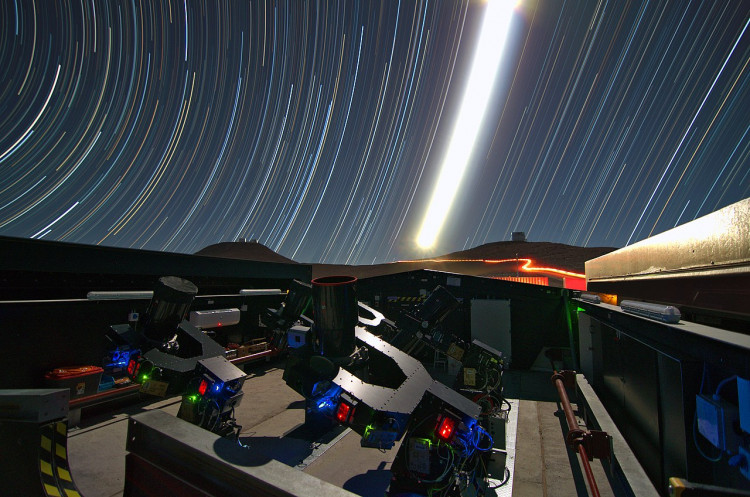University of Warwick researchers have rediscovered the planet called NGTS-11b using the Next-Generation Transit Survey (NGTS) telescopes in Chile. The previously "lost" world was first found in 2018 using data from NASA's Tess telescope, which scans for a dip in light from the star to identify it as a planet.
At the time of its first discovery, NGTS-11b's star could not be identified due to a 27-day scanning limitation of the TESS telescope. Now using NGTS telescopes, astronomers were able to rediscover the planet, now with new info: it revolves around its star for 35 days.
According to Warwick's report of the discovery, Dr. Samuel Gill and his team of researchers used the TESS telescope's past data. This telescope finds planets using the transit method or the indirect detection of the presence of one or more exoplanets in orbit around a star. The transit happens when a planet passes in front of its star.
Back in 2018, researchers had only spotted one dip from NGTS-11b. However, two dips are normally required to confirm that it is indeed a planet. Now using NGTS, the team was able to observe the star for 79 nights, with the second dip appearing after a gap of 35 days.
"By chasing that second transit down we've found a longer period planet. It's the first of hopefully many such finds pushing to longer periods," said Dr. Gill. "These discoveries are rare but important, since they allow us to find longer period planets than other astronomers are finding. Longer period planets are cooler, more like the planets in our own Solar System."
NGTS-11b has a cooler temperature than Mercury and Venus, with an average temperature of 160 degrees C, and although close to the Goldilocks zone -- the range of orbits where a planet or moon could support liquid water -- this exoplanet is still not habitable. Evidence pointing to liquid water is an important find as it supports the potential of past life, thus the possibility of supporting life in the distant future.
Compared to the distance between the Sun and Earth, NGTS-11b is distanced five times closer to its star. It has the mass and sie of the planet Saturn and is approximately 620 light years away from our solar system.
According, to Dr. Gill, a single dip is common with TESS discoveries. These single transits have the potential to become habitable exoplanets if the team continues its monitoring using the same method they used involving the NGTS telescopes.



